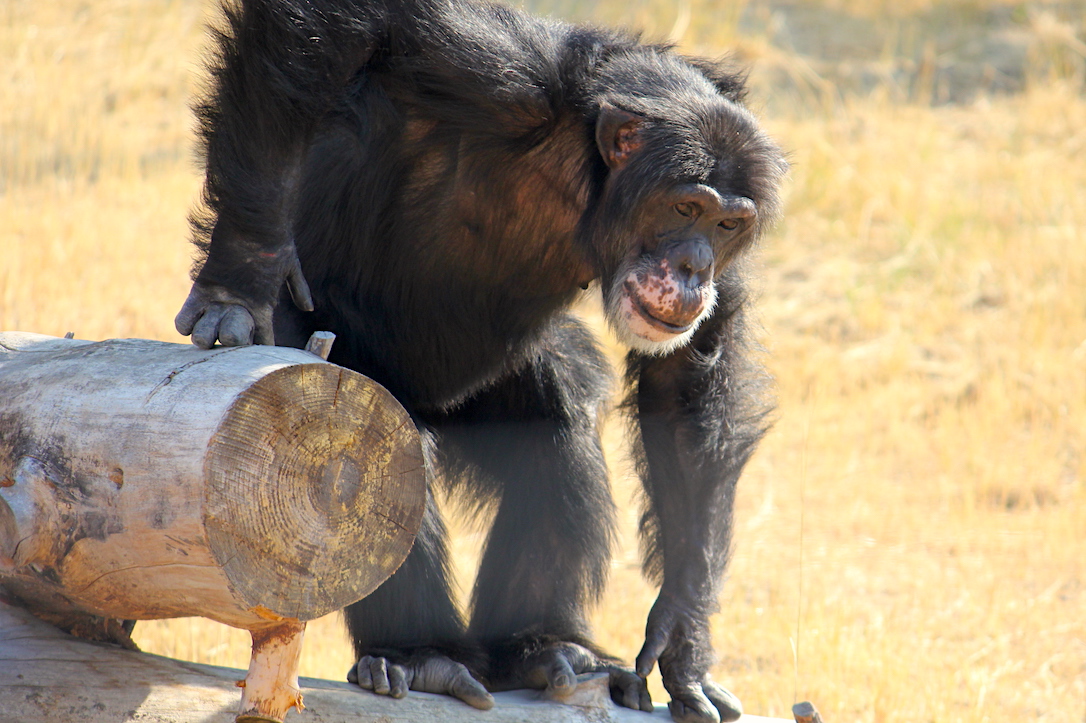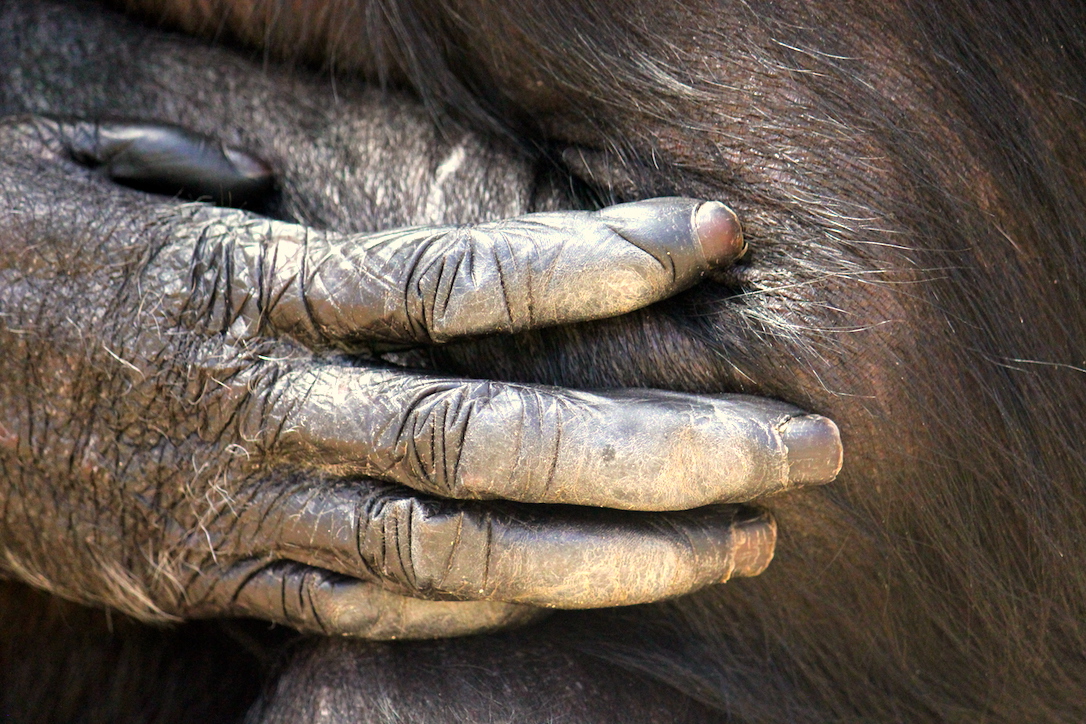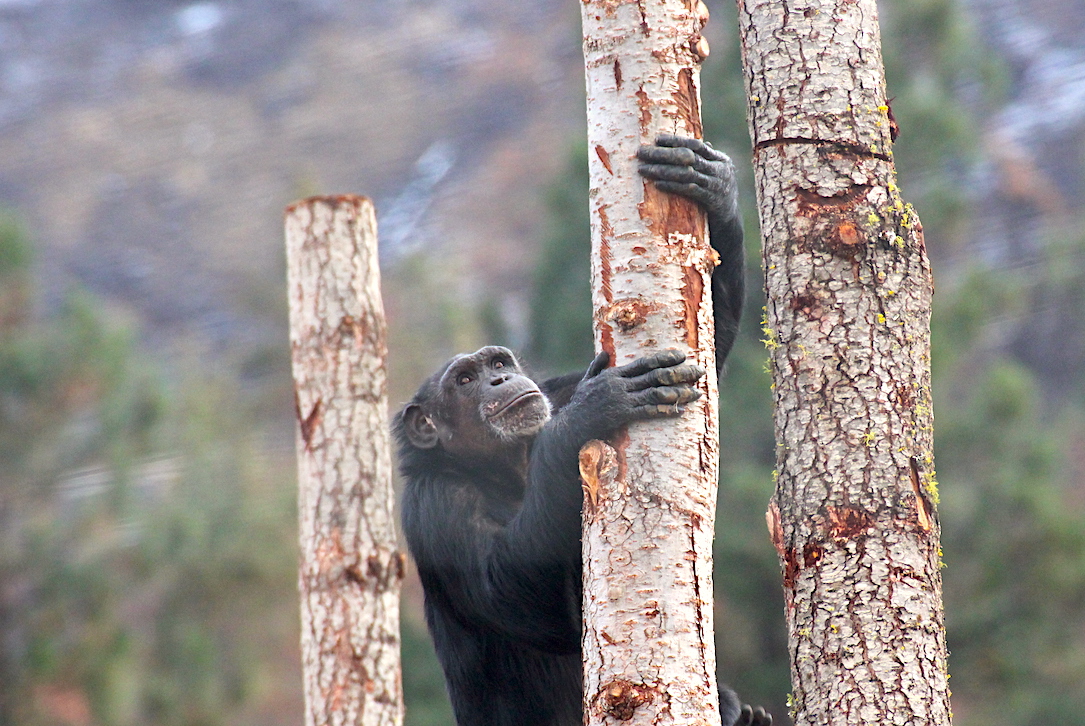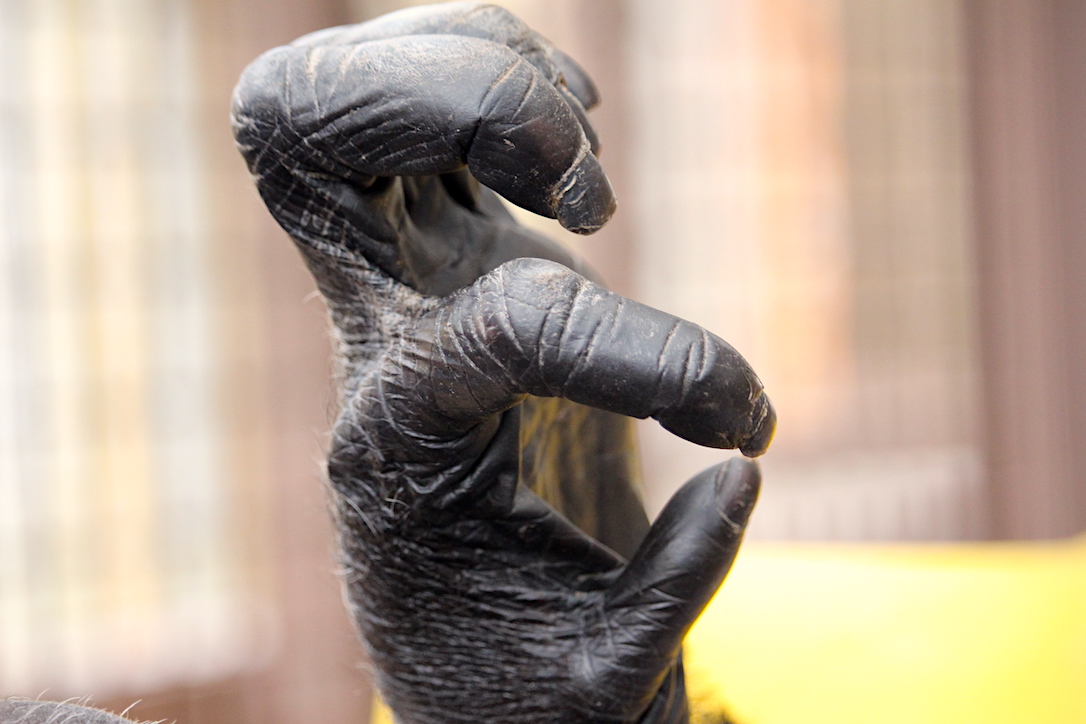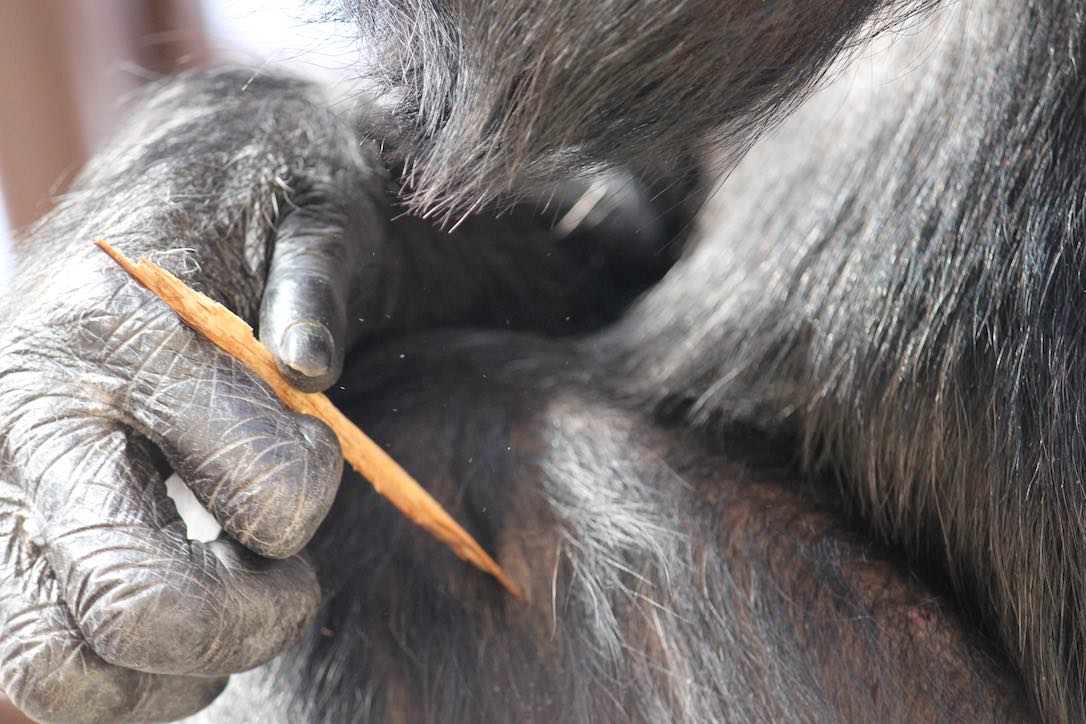I saw this illustration of primate hands shared on social media recently and thought it was a great example of how diverse the primate order is.

The most unusual hand belongs to the aye-aye (Daubetonia). It taps its long, slender fingers on trees in search of food. After opening up a hollow with its rodent-like incisors, it uses its specialized middle digit to extract grubs. Think of them as the primate version of a woodpecker.
Some primates, like the slow loris (Nycticebus) and potto (Perodicticus), have evolved hands that allow for better arboreal grasping. Notice how the index fingers have become mostly vestigial and the thumb has rotated away from the other digits. This is part of a suite of adaptations that allow them to maintain a strong grip for long periods of time. It’s probably not a coincidence that they look more like birds’ feet.
In another example of form following function, the long digits of tarsiers (Tarsius) have rounded, frog-like pads, allowing them to cling and leap like…yes, frogs!
Many arboreal species, like orangutans (Pongo), have evolved small thumbs while others, like the spider monkey (Ateles), lack an external thumb entirely to aid in climbing. While it’s tempting to think of opposable thumbs as somehow better or more advanced (even the spider monkey’s genus name sounds judgmental – Ateles, meaning incomplete or imperfect, is a reference to their missing thumbs), this is simply not true. The ancestor to the spider monkey had opposable thumbs but in the course of adapting to their environment, spider monkeys got those lousy things out of the way so that they could grip and swing better. They are perfectly complete for the niche they inhabit.
Looking at a chimpanzee’s hand, you can see that they are far less specialized than those of many other primates, making them generally well-suited to both climbing and walking. While chimpanzees walk on the soles of their feet, they flex their hands and bear weight on the outside of the intermediate phalanges (the part of the finger between the second and third knuckle).
Thick pads develop on this part of the hand for protection.
Long palms and fingers and short thumbs aid in gripping large trunks and branches.
The trade-off, when compared to human hands, is less power and control in the precision grip.
The length of a chimpanzee’s hand and more limited rotation and flexion of the thumb prevent pad-to-pad gripping or pinching, but they are still able to grasp and manipulate objects between the thumb and fingers, allowing for the use of tools.
